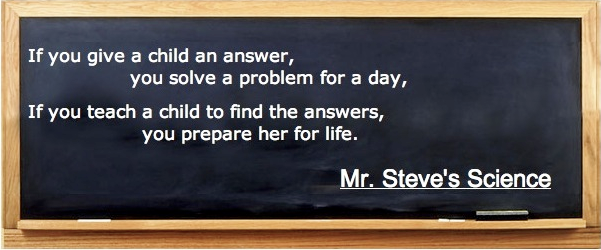Why I think this is possible: I created a project in Etoys (Circle Explorer) which allows kids to inscribe and circumscribe a circle with a regular polygon of N sides. When I have shown this to kids (as young as 8) they comment (in a number of cases without prompting) "hey its filling up the circle". The regular polygon is made up of triangles. I have seen kids can figure out how to determine the area of triangle using GeoBoards (Here is a sample GeoBoard project in Etoys that uses squares, you can add a triangle by opening the object catalog, click on find and type triangle, then move around the vertices to create different triangles.).
My initial thoughts on how to do this:
- First ask the question: How can we figure out the area of a Circle?
- Let them play with the Polygon in a circle tool
- Have them record in a table the "# of sides" and "area of the Polygon" This can be done with both inscribed and circumscribed polygons (the diameter of the circle can be set by them or they can inspect it by looking in the viewer for the circle object.
- They could try this for different size circles
- Then ask the question: What is the ratio of the area of the Polygon to the Radius squared (how to lead them to this I haven't figured out, suggestions welcome)
- Have them plot their results on graph.
The other possibility is to have them determine the circumference of the circle and then the ratio of that to the Diameter of the circle. They could figure out the Circumference using the Ruler Object within Etoys.
Ways in which you can help:
- Provide a set of suggestion on how to use the Circle Explorer and a GeoBoard (to help kids figure out how to derive Pi
- Provide other activities within Etoys (or other similar tools) and hands on activities that can help facilitate understanding.
- Provide sample lessons and/or a set of lesson plans for these concepts.
- Point me to already created lessons (that I can use as is or use to derive lessons that can be freely distributed under a Creative Commons or similar license).
- Provide a set of "Head Games" they can play in the car to help them become more facile in playing with and manipulating the ideas in their heads. An example of a simple "Head Game" you can play in the car is "Guess My Function" where you ask the kids to give you a number and you can make funny "machine" noises then spit out the answer. Once the kids catch on they will come up with "trick" functions like "YourNumber + 2 * 20 / 20". This can lead to a discussion on equivalent functions, or in kid terms ("Hey you cheated its the same thing!!!")
Screenshots:
Here is a screenshot of the inscribed circles:
Here is a graph showing the results the kids would collect:
Why Etoys?
Etoys is a free educational software tool for teaching children powerful ideas in compelling ways. It works on almost all personal computers and OLPC laptops. Projects created within Etoys can be easily modified by people around the world (for translation into local languages and cultural symbols). Any kid can create their own work. It allows kids (young and old) to make their own models, stories and games. Geogebra may be another good tool, but I need to figure out how the kids can inscribe/circumscribe a circle with Geogebra.



No comments:
Post a Comment